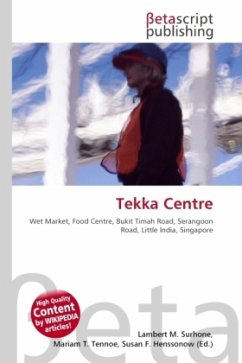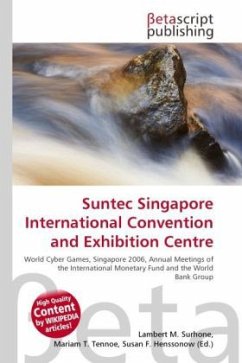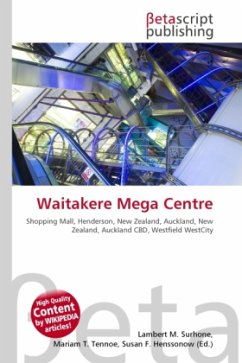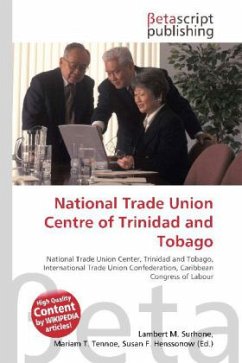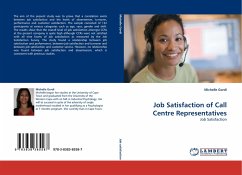High Quality Content by WIKIPEDIA articles! The case of Tekka Centre is often used to illustrate the complexities of Chinese language romanisation in Singapore. The market was originally known as Kandang Kerbau (or just KK), Malay for "buffalo pens", referring to the slaughterhouses operating in the area until the 1920s, and the name still lives on in the nearby Kandang Kerbau Women's and Children's Hospital, Kandang Kerbau Police Station and the Kandang Kerbau Post Office. In Hokkien, the market was known as Tek Kia Kha, literally meaning "foot of the small bamboos", as bamboo plants once grew on the banks of the Rochor Canal. This was adapted into the popular name Tekka Pasar, where pasar is Malay for "market".

